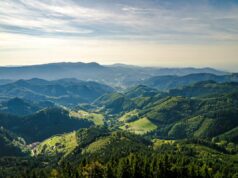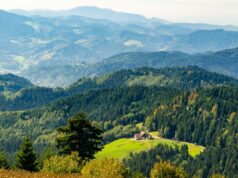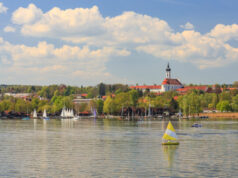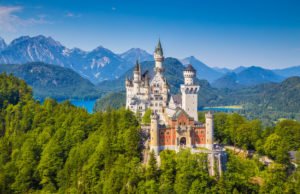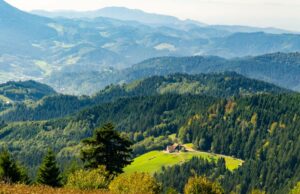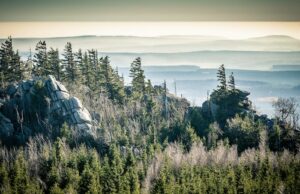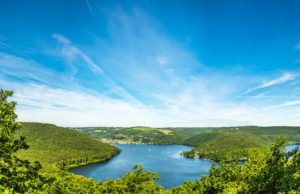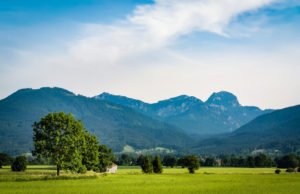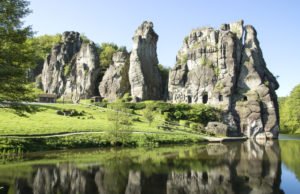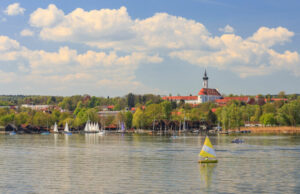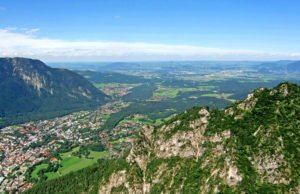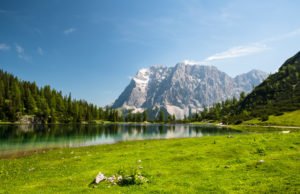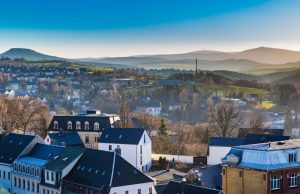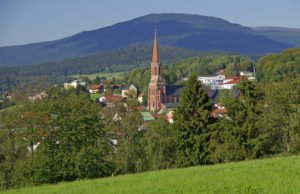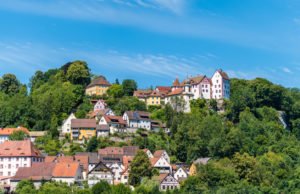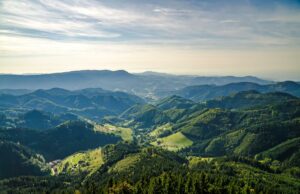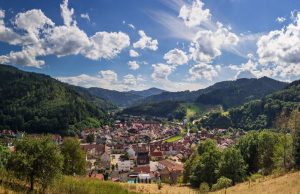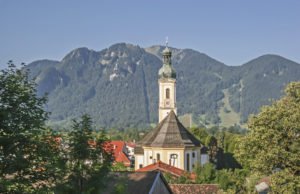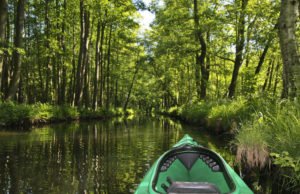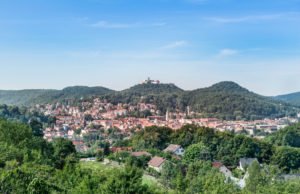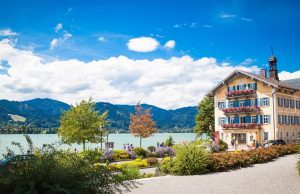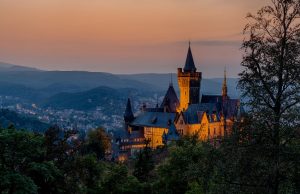
The Harz is a mountain range that has the highest elevations in Northern Germany. It forms a part of the southernmost edge of the North German Plain, across which it rises from west to east. The range is about 92 kilometres (57 mi) long, with a maximum width of 60 kilometres (37 mi). Its highest point is the Brocken, its northernmost summit.
The region is also known for its abundant wildlife, including many rare species of birds and mammals. The Harz National Park, which covers about a third of the area, is a popular destination for hikers and tourists.
History
The Harz is famous for its forests and for the many walking and hiking trails that criss-cross the range. It is also popular with climbers and there are several hundred climbing routes up the various peaks. In winter, the higher parts of the range are popular with skiers.
The mountains are thought to have been formed around 250 million years ago, when an ancient ocean floor was thrust up by tectonic activity. The resulting rock formations are made up of a type of granite known as Buntsandstein (literally “colourful sandstone”).
The name “Harz” is thought to derive from the German word “Herz” (heart), which was used to describe the shape of the mountains. Another theory is that it comes from the Old High German word “Hart” meaning “hard” or “stony”.
The Harz has a long history of mining, dating back to the Bronze Age. In the Middle Ages, many of the mines were worked by teams of horses known as “Pferdegespanne”. These teams were used to haul coal and other minerals out of the mines. Many of the old mining tunnels and shafts can still be seen today.
The region was once a centre of the textile industry, with many mills and factories making cloth and other textile products. However, this industry declined in the late 20th century and today, only a few small businesses remain.
Hiking
Tourism is now the main source of income for the region and the number of visitors has been steadily increasing in recent years. The most popular time to visit the Harz is in the spring, when the forests are full of wildflowers. Autumn is also a popular time, as the trees change colour and the air is full of the scent of pine needles.
There are many different ways to explore the Harz mountains. Walking and hiking are, of course, the most popular activities. However, there are also several hundred kilometres of mountain biking trails, as well as a number of ski resorts. The Harz mountains are also home to a number of cable cars and chairlifts, which provide access to the higher parts of the range.
Must-Sees
The Harz National Park covers about a third of the range. The Silver Road (German: Silberstraße) runs along the southern edge of the Harz, from Goslar via Clausthal-Zellerfeld, Altenau and Torfhaus to Bad Harzburg.
The most common way to get around the Harz is by car or bus. However, there are also a number of tourist railways, which are particularly popular with visitors from abroad. The Harz Mountain Railway (German: Harzer Schmalspurbahnen) runs from Wernigerode to Brocken, while the Selke Valley Railway (German: Selketalbahn) runs from Eisfeld to Alexisbad.
The Harz has a long and rich history. It was once the centre of the Germanic world and the site of many important events, such as the Battle of Weserübung, which took place in the Harz during the Second World War.
There are also a number of historic towns and villages to explore, such as Wernigerode, Goslar and Quedlinburg.
FAQ about the Harz mountains:
There are many pretty little towns in this area. Some of them are Quedlinburg, Wernigerode, Bad Lauterberg and Goslar.
During the autumn months all the trees have beautiful red and golden colours which makes the whole experience just a little more special.
The highest mountain in the Harz is the Brocken. It has a height of 1141 metres.


